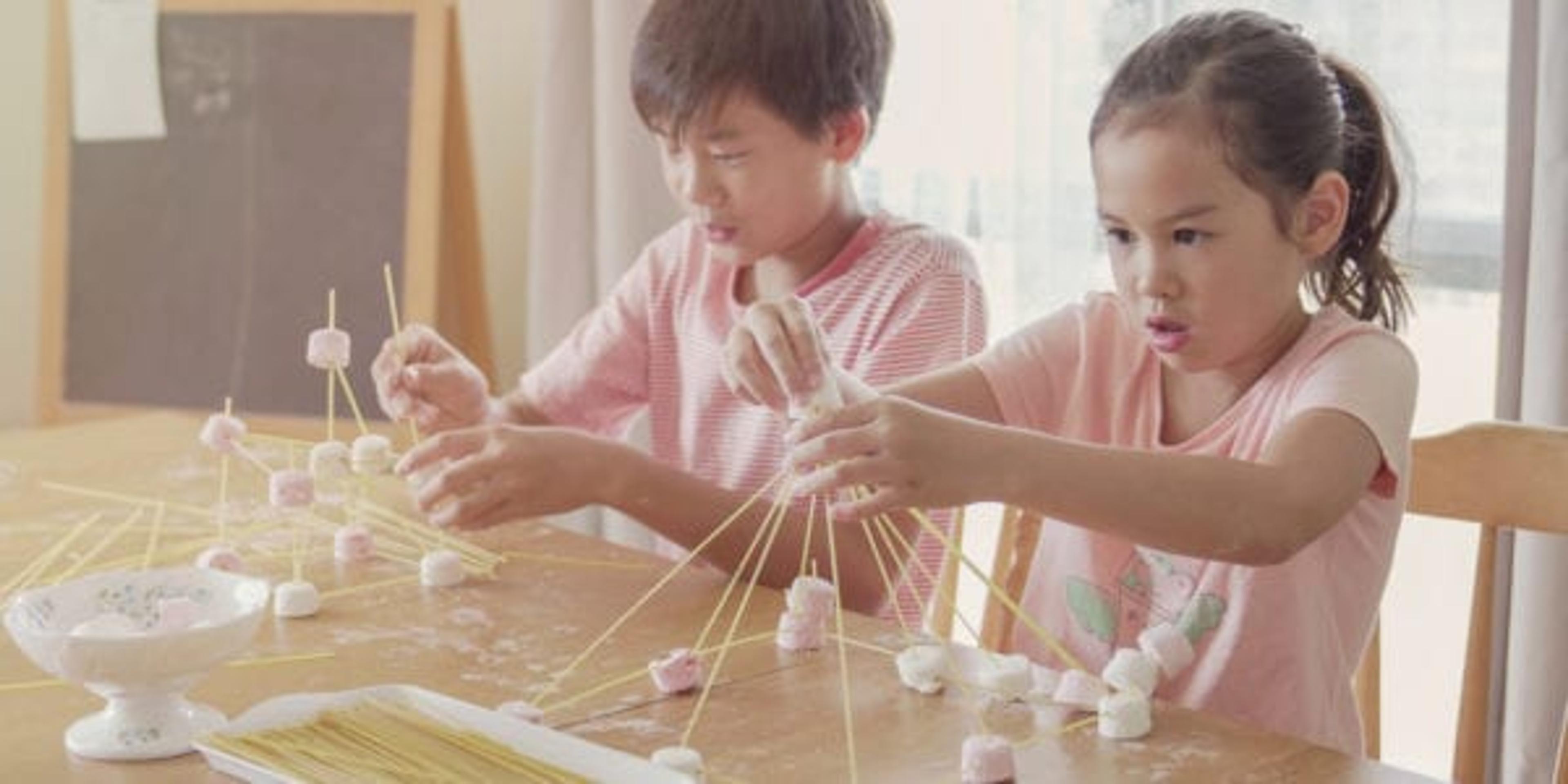How to Work STEM/STEAM Lessons in at Home Using Household Items
Shandra Martinez
| 3 min read

For many families, this school year looks different because of COVID-19. Some students are in school wearing face masks, while others are doing their studies remotely or juggling a hybrid schedule. A lot of parents may feel like they are filling in the educational gaps more than ever this year.
Doing STEM or STEAM lessons is a great way to get kids engaged in projects that are educational as well as fun. There are lots of ways to do these at home, using items you probably already have in your kitchen drawers, pantry or bathroom cupboards.
What is STEM/STEAM? STEM stands for Science, Technology, Engineering and Math, while STEAM is short for Science, Technology, Engineering, Arts and Math. Instead of teaching all these important topics separately, STEAM and STEAM projects find ways to incorporate some or all these subjects into one lesson. By doing this, children learn how science, math, art and other skills all can combine to create something.
Why it’s important? The STEM/STEAM approach to education has been adopted by many schools because its supporters say it more closely mirrors real life. By showing students how subjects can work together, it teaches them how to problem-solve. This kind of approach can better prepare them for life after school and fuel their creativity.
It’s easy to get started on STEM/STEAM projects in your home, using just what you have on hand. There are hundreds of online resources and even DIY lesson plans if you want to regularly incorporate these projects into at-home learning. We’re sharing a few here, sorted by age groups.
Preschool
Toddlers and early learners love hands-on activities that appeal to their senses. An easy way to incorporate art with a mini science lesson is baking soda painting. Here’s how:
- Place 1 Tablespoon of baking soda each in three small dishes.
- Pour 1 Tablespoon of water into three small cups. Color each with a different shade of food coloring.
- Mix one shade of colored water into each dish of baking soda.
- Have children use a brush to paint a picture with the mixtures.
- Set out a bowl of vinegar and give children a small eyedropper.
- When the vinegar comes into contact with the baking soda, it will fizz.
- Talk to kids about the chemical reaction they are seeing.
Elementary
The kitchen is a great place for STEM/STEAM discoveries. Asking kids to help with baking and cooking can be a delicious way for them to incorporate their math and science skills with a big dose of artistic creativity. For example, when they make homemade bread, measuring out the ingredients is a math lesson. When they watch how the yeast and warm water interact with the sugar – foaming up and releasing carbon dioxide – it’s a scientific reaction they can see rising in front of them. And when they shape the dough and bake the loaves, they can let their artistic side shine through.
Tweens and Teens
Technology and engineering start to play a bigger role in STEM/STEAM projects as kids get older. Whether it’s building their own hovercraft, creating a homemade lava light or working with magnets, students in this age group are able to do the bulk of the work themselves. Projects might take a little longer to complete, but their problem-solving skills are taken up a notch.
Related:
Photo credit: Getty





